Xendee Raises $12M Series A Financing to Accelerate Deployments of Net-Zero Distributed Energy Systems
A strong list of investors including TravelCenters of America Inc., Evergy Ventures, and Anzu Partners joined the oversubscribed $12M round
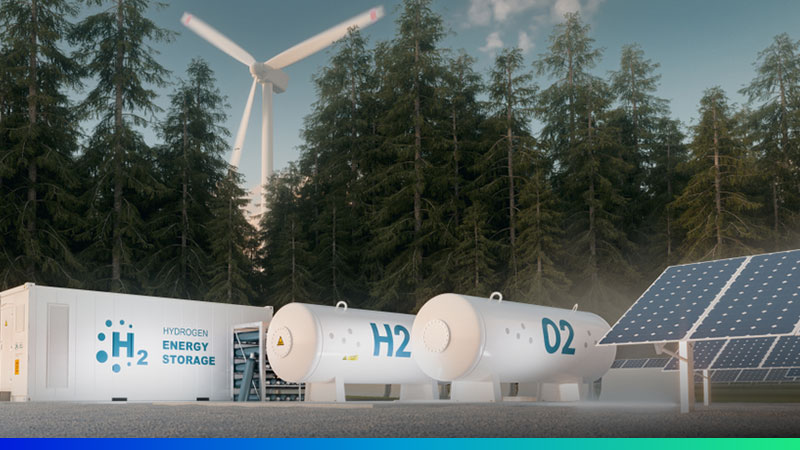
Generate and utilize hydrogen on-site to sustainably store energy, power vehicles and fight through outages.

Hydrogen is a zero carbon fuel that produces only water when it is consumed in a fuel cell.

Unlike charging a battery, hydrogen is consumed by the fuel cell allowing vehicles to ‘fill up their tank’ like traditional gasoline.

Excess energy from renewable sources can be utilized to generate hydrogen for storage or be sold back to the market.
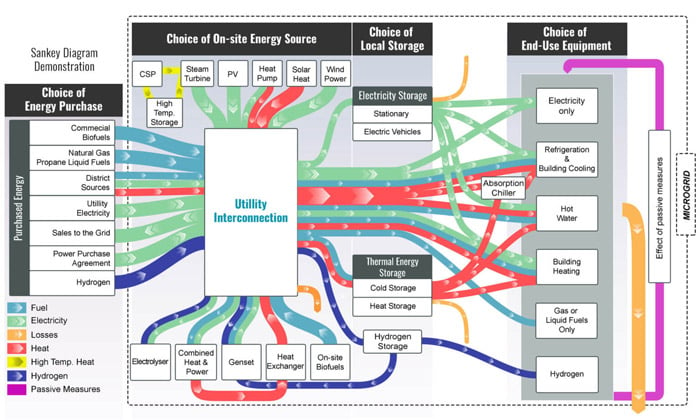
How is Hydrogen Modeled in Xendee?
Xendee’s In-Depth Expert Techno-Economic Designer (also referred to as expert mode) can model hydrogen as part of a fuel purchase, electrolyzer production, and the storage of hydrogen. First, as a fuel source, Xendee can choose to purchase hydrogen fuel to help meet emission goals or resiliency requirements. Next, electrolyzer production is the on-site generation of hydrogen through an electrically induced chemical reaction. This is powered completely by sustainable resources, and can take advantage of excess production during the day, for instance during a sunny afternoon, to generate hydrogen from PV instead of curtailment. Finally, Xendee can optimize the purchase, storage, and dispatch of hydrogen to ensure it is used most efficiently within the system.
Power a Fleet: Power compatible vehicles including cars, trucks, and airplanes.
Discover Opportunities for Hydrogen Generation
The electrolyzer is driven by electricity, whose source is decided by Xendee based on cost or other parameters set by the modeler. This typically comes from PV (or wind), as it can utilize otherwise curtailed energy to create and store hydrogen to then use in a fuel cell after sunset. In the example below, excess wind power from mid-day is being used to provide electricity to the electrolyzer as expressed by the shaded delta (Δ) area.
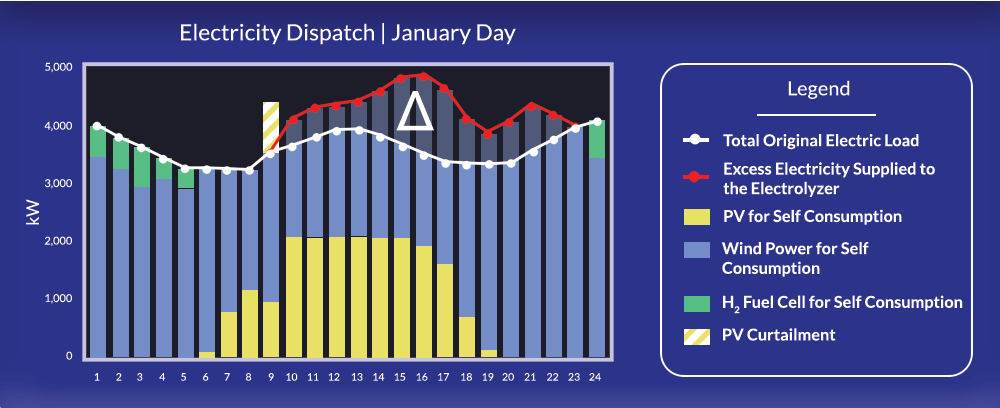
Optimize Hydrogen Dispatch to Maximize Energy Savings
The energy provided to the electrolyzer by the dispatch above is used to produce hydrogen, which is stored on-site in the dedicated storage optimized by Xendee. The hydrogen is then discharged in the evening to run the on-site fuel cell. Additionally, Xendee users can run another analysis using batteries instead to easily determine if a hydrogen storage system or battery storage system would be most cost-efficient or resilient for this specific design.
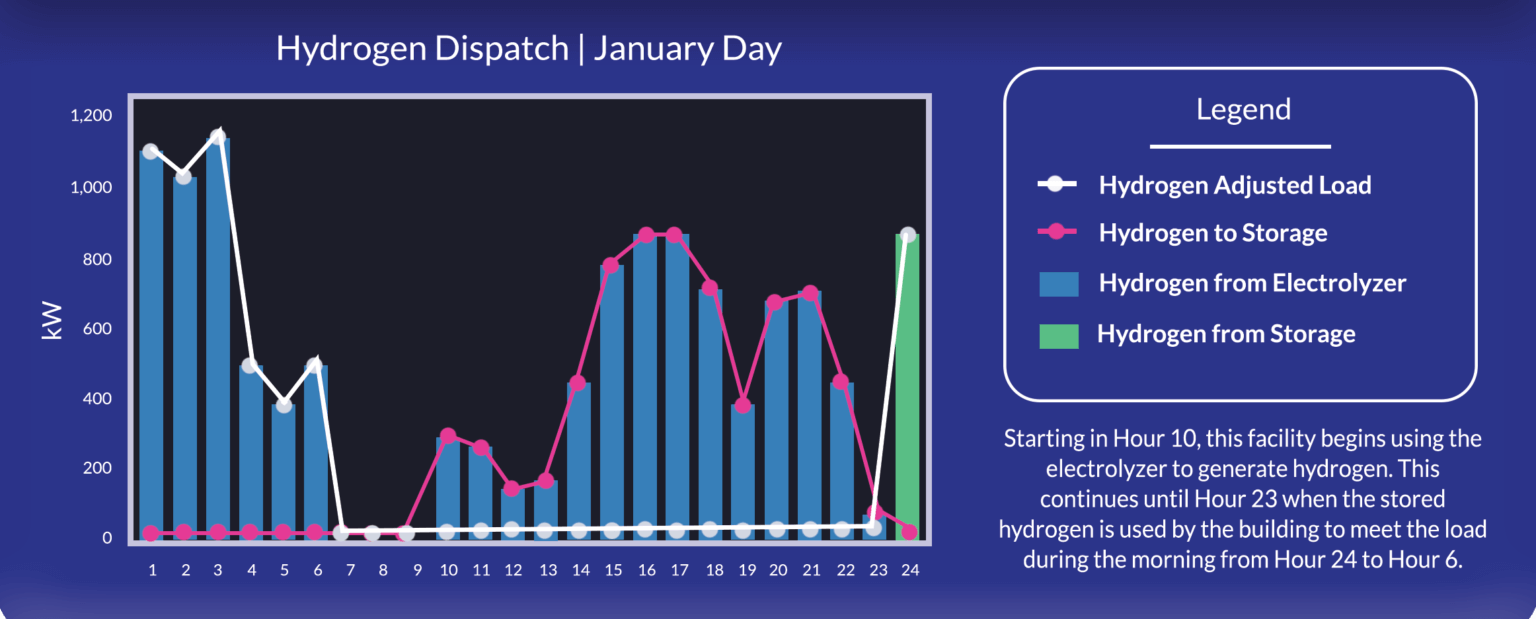
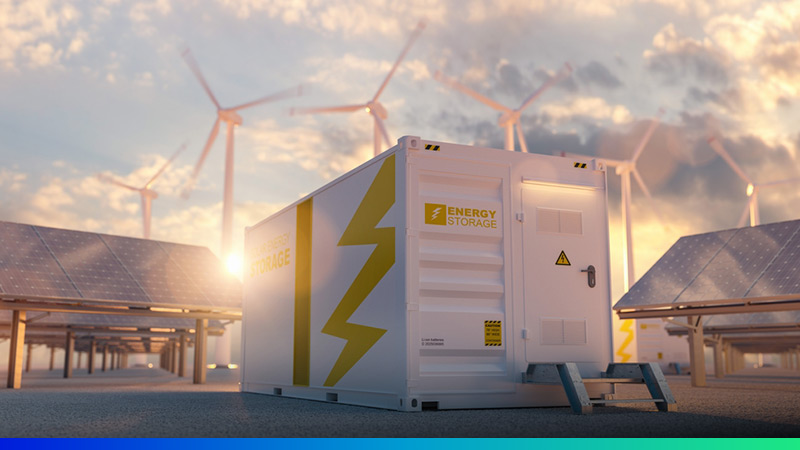
A strong list of investors including TravelCenters of America Inc., Evergy Ventures, and Anzu Partners joined the oversubscribed $12M round
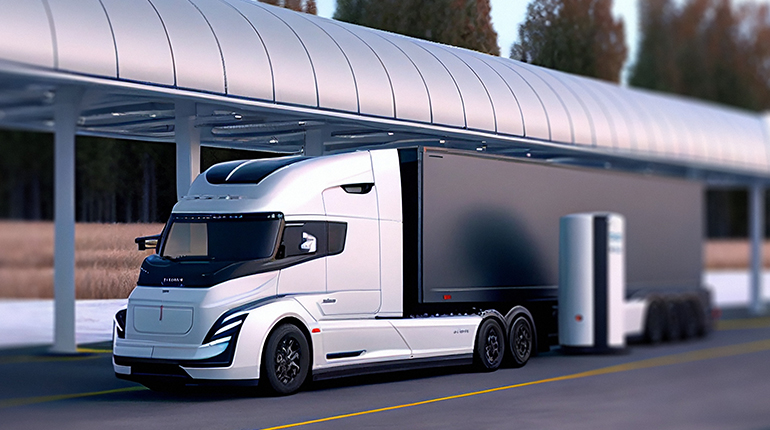
For fleet owners and EV infrastructure developers, the installation of EV charging stations is a key component of their strategy for achieving...
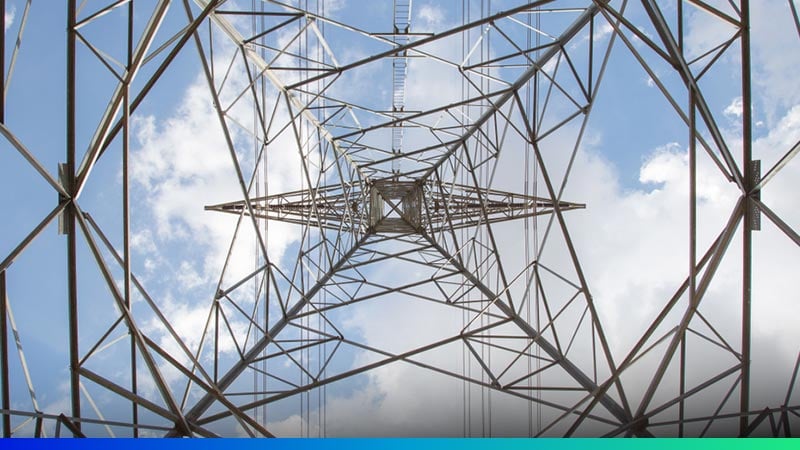
The United States needs to cut carbon emissions 40% in the next eight years, according to both the recently passed Inflation Reduction Act and anyone...